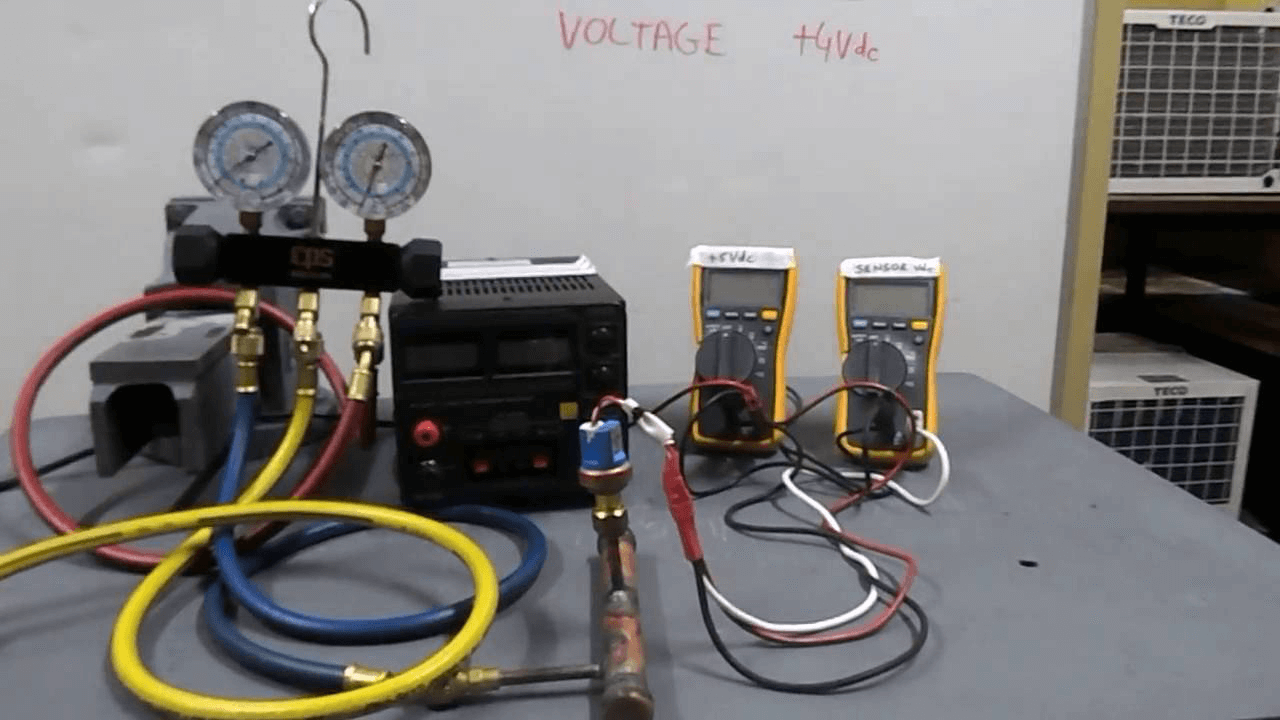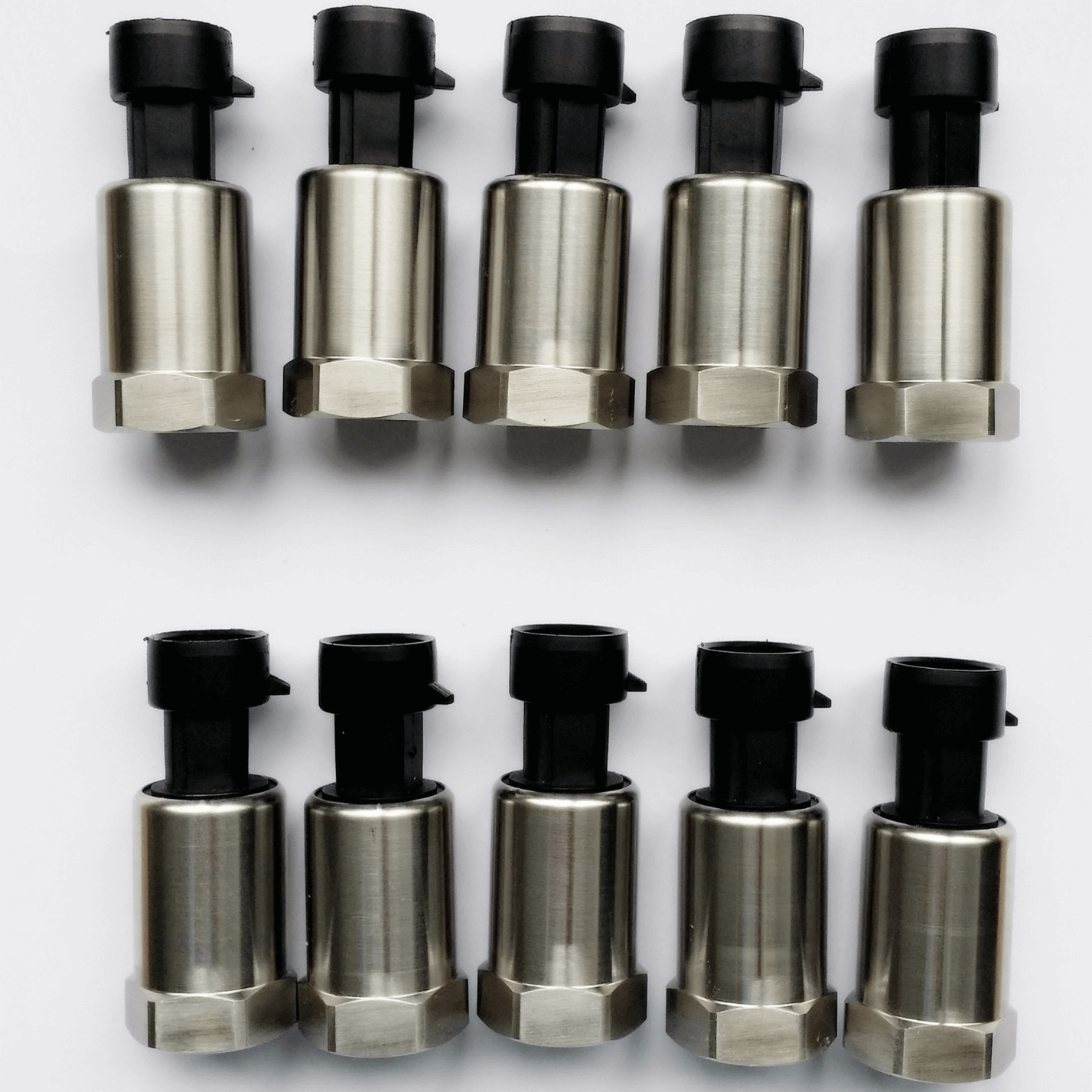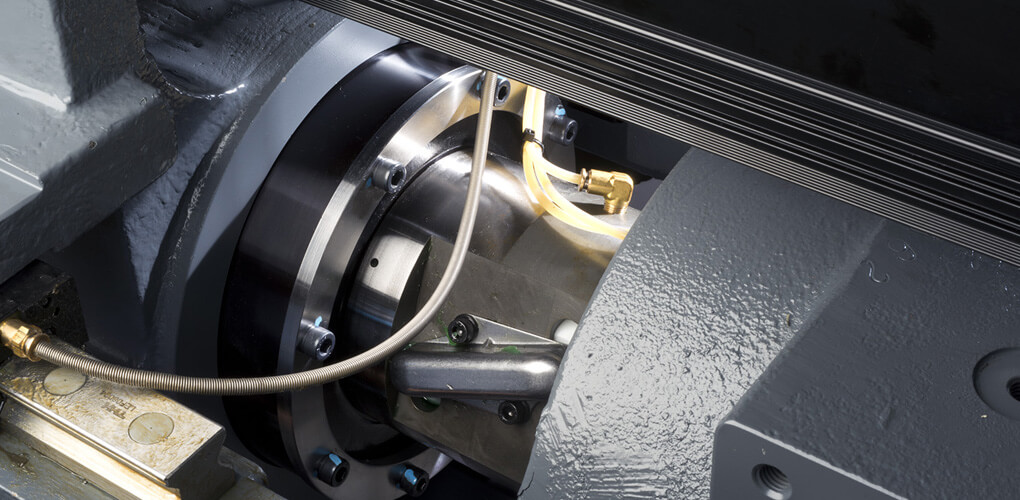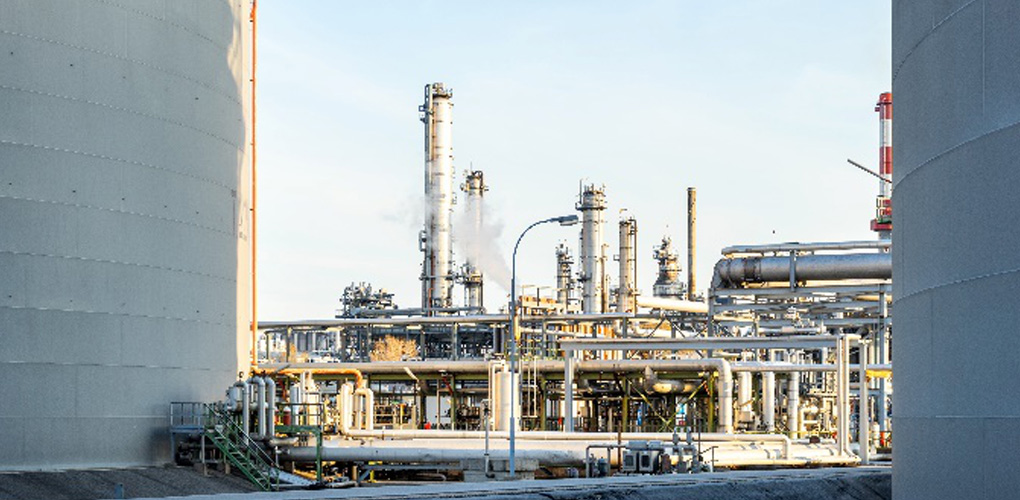Why Use Pressure Transducer for Air Conditioning in Cleanrooms?
Why Use Pressure Transducer for Air Conditioning in Cleanrooms?
Why Install Pressure Transducer For Air Condition Units of Cleanrooms?
For starters, it is important to understand the basic concepts of a cleanroom. Later, we will discuss why using a Pressure Transducer for air condition in a cleanroom would be effective. It offers numerous benefits and advantages.
In the course of this article, we are going to be focusing on the importance and effectiveness of the pressure transducer for air conditions. So, without any further delay, let us get started!
Importance of Using Pressure Transducer For Air Condition In Cleanrooms

What is Cleanroom?
A cleanroom has become imperative for any industry where small particles might have an adverse impact on the manufacturing process. The size and complexity of a green room greatly depend upon the industry requirements.
However, you will find them across industries including pharmaceuticals, semiconductor manufacturing, biotech, life sciences or medical devices. In addition, they are common among critical process manufacturing such as the Department of Energy, Military, Optics, and Aerospace.
A cleanroom is a contained space that reduces particular contamination by giving provision. At the same time, it also controls other environmental parameters such as pressure, humidity, and temperature.
The key component of an effective cleanroom is the High-Efficiency Particulate Air filter. This filter has the ability to trap particles that are 0.3-microns or bigger in size. All the air that enters the cleanroom has to pass through these filters.
In some cases, the manufactures might even require stringent cleanliness. In that case, they generally rely on the Ultra-Low Particulate Air filters. These filters have finer cleaning abilities.
Principles of Cleanroom Airflow
To maintain particulate-free air, the cleanroom greatly depends upon either a ULPA filter or the HEPA filter. At the same time, they are employing turbulent or laminar airflow principles. We are going to explain these principles briefly.
Unidirectional or Laminar Air-Flow System
These kinds of systems directly filter air downward. The air is in the form of a constant stream. Industries employ this system across 100 percent of the ceiling to ensure the maintenance of the constant unidirectional flow of the air.
The Criteria of the Laminar flow is present in portable workstations. It is imperative for cleanrooms that are ISO-1 to ISO-4. After all, an effective cleanroom design comprised of the entire airflow distribution system.
It even includes the provision for sufficient return passages for downstream air. In the case of the vertical flow rooms, you would have to use low wall air returns throughout the zone’s perimeter.
On the contrary, for the horizontal flow applications, you would be needing air returns for the downstream boundary. After all, usage of mounted ceiling air returns is in the contraction of a complete cleanroom system design.
Contamination Source
Facility
The facility is among the major sources of contamination. It can come from anywhere within the facility. Such as the floors, shavings, dust, walls, ceilings, debris, and dirt. Paint, including other construction materials, can be a cause of these particles.
The material includes wood or sheetrock. The air condition systems can also cause debris, leaks, or spills in the room also contributes to room contamination.
Supplies and Equipment of Cleanrooms
Sometimes the supplies and equipment of a cleanroom can cause contamination. Emissions and lubricants from the motorized equipment lead to releasing particles and contaminating the air.
Staff
Another thing that contaminates the air in the cleanroom is the staff. Oils from hair, skin, or spittle can result in the contamination of the clean air. Therefore, it is important to avoid using perfumes and cosmetics when working in a cleanroom.
Also, focus on the type of clothes you wear as their clothing can also cause contamination.
Fluids and Environment
Fluids along with other environmental effects can lead to the contamination of the air in a cleanroom. As these particles that will float in the air has a high probability of reaching the cleanroom air. Also, if the environment is warm, there is a possibility that it leads to the development of bacteria.
The bacteria in return would contaminate the clean air.
Products
The products that result from applications can lead to contamination as well. For instance, silicon chips always shack particles. These particles then result in making the air unclean.
Classifications of Cleanroom
The classification of the cleanroom depends upon the level of clean air. According to the USA, the Federal Standard 209 (A-D), if the particles are either to 0.5 or greater than the value, you would measure it in one cubic foot of air.
You would need this count in order to classify a cleanroom. The most recent Standard Federal’s 209E version accepts the metric nomenclature. The 209E federal Standard is common for domestic use. There is another standard, the International TC 209 Standard for classifying the cleanroom.
Both these standards use the number of particles present in the laboratory’s air in order to classify the cleanroom. In order for a cleanroom to classify as per the standards of ISO 14644-1 and FS209E, they need to have specific measurements of particles as well as calculation.
For a cleanroom to classify as a cleanroom in the UK, it needs to be according to the UK, British Standard-5295. The new standard BS EN ISO 14644-1 will suspend the old standard.
Method to Control Superheat
By now, you already know that a cleanroom has a controlled environment that has an extremely low level of contaminants such as the chemical vapors, dust particles, microbes. In order to measure the room’s contamination level, the manufacturer uses the number of particles/cubic meters of the provided particle size.
To maintain the cleanroom, you would need positive pressure along with air-conditioning systems that are highly reliable and efficient. The objective here is to generate a laminar airflow throughout the room in order to filter maximum particles.
The HVAC system of a cleanroom is no different from other air conditioner systems. It also uses a refrigeration cycle. Below is the equipment that you would need for a refrigeration cycle:
System monitoring Devices – Pressure and Temperature Transducers
- Expansion Value
- Condenser
- Compressor
- Evaporator
Refrigeration Cycle- Step-by-Step Process
Below is the cycle that is common in the refrigeration Industry.
In the first step, low-pressure gaseous (cool) refrigerant would enter the compressor.
Next, the compressor works on this low-pressure gaseous refrigerant and turns it into a high pressure, hot refringent. After this, it would lease the refrigerant, which then would enter the condenser.
In the condenser, the high-pressure, hot refringent is responsible for leasing heat externally.
It is time for the high-pressure liquid refrigerant that is now warm to enter the expansion value after it exits from the condenser coil.
The amount of liquid refrigerant that would enter the system depends upon the expansion value.
In order to make the internal environment cool, the low-pressure cold liquid refringent would draw in all the heat.
After that, the refringent would leave the evaporator. By the end of the process, the refringent turns into a low-pressure, cool gas. Now the cycle is iterated.
The minimization of superheat in the refrigeration cycle is becoming a new, and effective technique that increases the efficiency of the air conditioning units.
Defining Superheat
You can easily define superheat in the HVAC industry as the difference of temperature between actual refringent temperature and the refringent boiling temperature while as it leaves the evaporator coil. The basic idea here is to increase efficiency.
In order to yield effective results from the superheat phenomenon, you would need a pressure transducer for air condition units. After all, the objective here to take accurate measurements of the temperature and the pressure.
Thus, a good idea is to use the electronic pressure transducers and temperature sensors at the outlet of the evaporator coil. Also, install them at the inlet of the compressor. With efficient and effective pressure and temperature control, it is possible to have designed control of the refrigerant’s flow rate. Thus, it would maximize the performance and efficiency of the air conditioner.
In case, you require higher cooling, you would need to increase the electronic expansion value to enhance the flow rate of refrigerant. To make the control process possible, you would need exact, and reliable pressure and temperature measurement.
Applications of Pressure Transducer for Air Condition
Pressure Transducer for air condition units has become extremely popular. Industries even use them for controlling the refrigeration systems. You will find them in a number of HVAC cleanroom measuring applications.
Below is the list of some of these applications.
- Flow Rate Monitoring- Expansion Value
- Evaporate Coil Outlet Temperature
- Evaporate Coil Outcome Pressure
- Inlet of Compressor Temperature
- Inlet of Compressor Pressure
What can you accomplish using Pressure Transducer for Air Condition Units?
Below are some of the effective things that you can achieve via using a pressure transducer for air condition units.
- With effective and high-quality air conditioning units, it is possible to achieve precise control of both humidity and temperature.
- They remove the belt-driven or the open driven parts. These parts could result in contaminating the air stream.
- It is possible to smartly dehumidify the environment of the cleanroom.
- It is possible to save beneficial floor space in order to create footprints of small sizes.
- They help overcome the HEPA filter losses by incorporating high-static blowers.
- They make sure they use of non-out-glassing sealants.

Take Away
Pressure Transducer for air conditioning units can help achieve clean air from your cleanroom. If you interested in learning about more Intelligent Pressure Transmitters and Transducers, you should CONTACT US right away.












